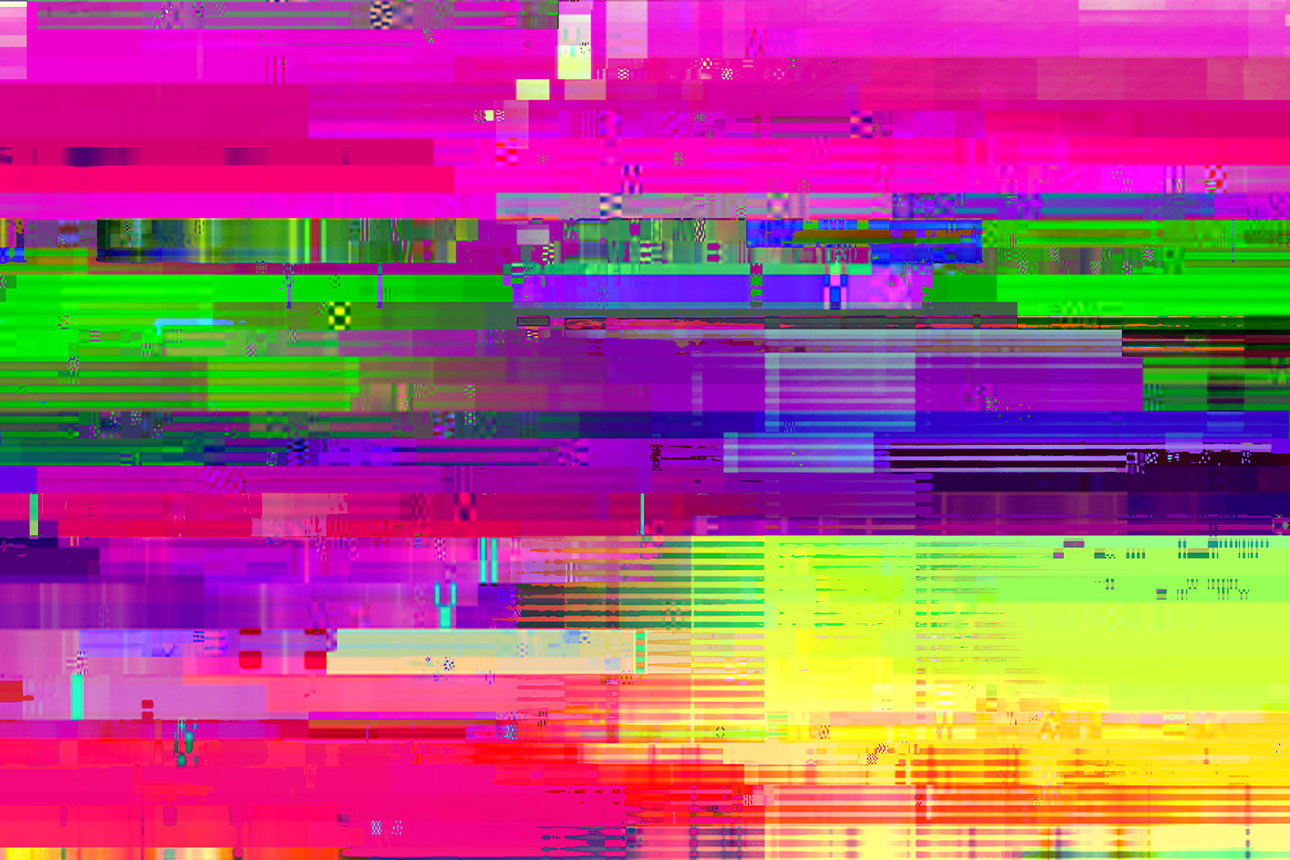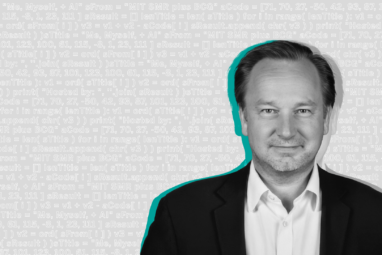Combating the Toll of Digital Pollution
A deliberate plan can help avoid digital pollution when developing new products.

If you went back to London in the 1600s, you would find a coal-fired metropolis, where heavy smoke from the city’s burning hearths and furnaces damaged buildings. Only during the Industrial Revolution in the mid-1800s, when respiratory diseases became the leading cause of death in the city, did people finally recognize how air pollution was affecting their quality of life. It took even longer to galvanize people into action, with laws finally enacted in the 20th century to improve air quality in London.
We know how fossil fuels and other byproducts of the industrial age have affected people’s health and contributed to the climate crisis. In the digital era, a new kind of pollution, fueled by technology growth and dependence, has had an unintended yet profound impact on society. As business leaders, we urgently need to understand these effects so we can build our businesses and develop our products more responsibly.
We’ve started to see the consequences of unregulated digital growth in the tech sector but until now haven’t recognized these consequences as pollution. As with any new form of pollution, recognizing it takes time. Digital-era pollution can be categorized into the following three types.
Eroding Trust In Information Ecosystems
During a cab ride recently, the conversation with my driver turned to politics. He shared the news that he had read about various politicians, but each time he added a disclaimer: “This is what I read, but who knows if it’s true.” His most sobering comment spoke to the erosion of our information ecosystem and the alarming spread of disinformation: “Years ago, I would open a newspaper and feel like I got the facts. Today, I have access to all the information I want, but I just don’t know what is real.”
The early days of the internet in the 1990s and early 2000s offered promise and hope for democratizing knowledge across the globe — anyone looking for information could have it at their fingertips. But in recent decades, as social media and platforms have transformed how we share and distribute information, we’re seeing how truth itself can be disrupted through a digital lens. Apart from the spread of false news across social networks, the web also enables users to curate their online presence and personas in a way that adds to a sense of distorted reality and distrust.




